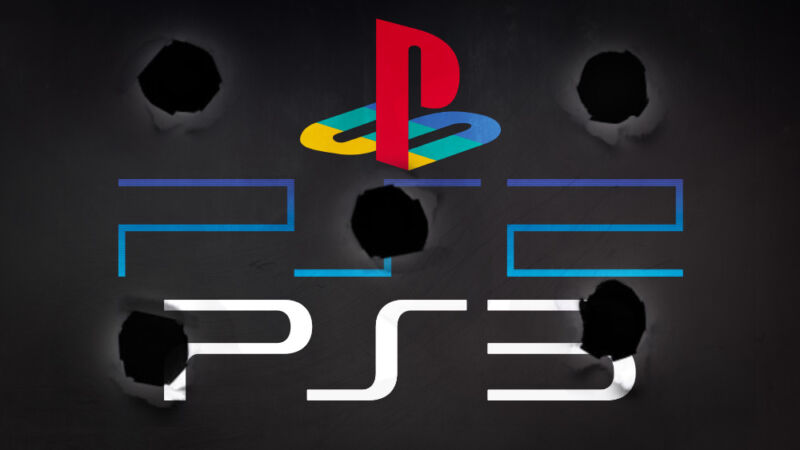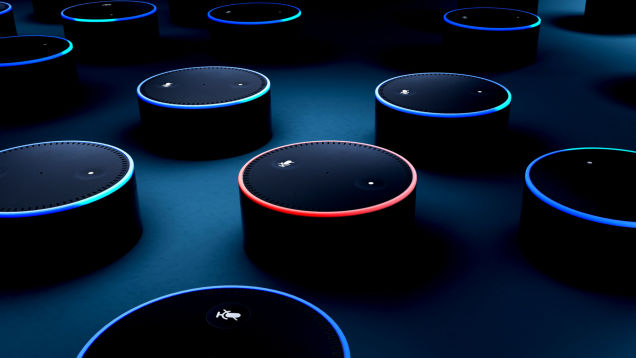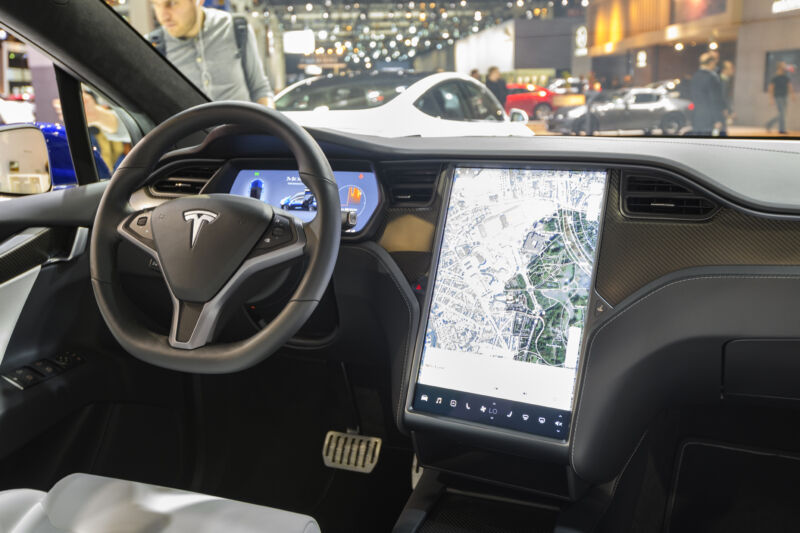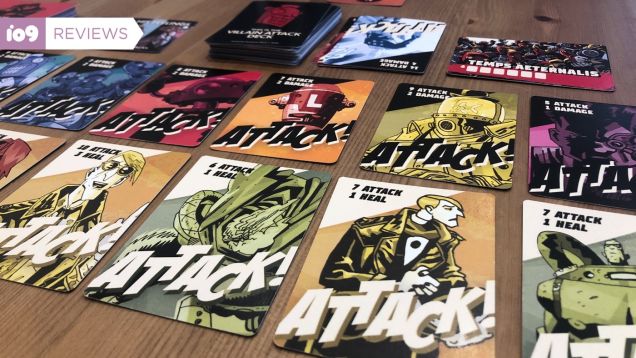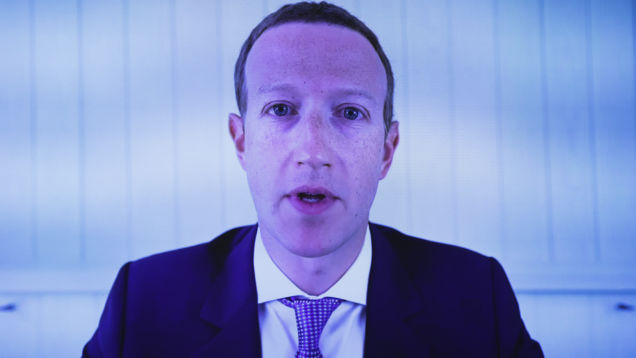Early this year, Google pushed out a seemingly tiny tweak to how it displays search ads for desktop computers. From a report: Previously, the search engine had marked paid results with the word “Ad” in a green box, tucked beneath the headline next to a matching green display URL. Now, all of a sudden, the “Ad” and the URL shifted above the headline, and both were rendered in discreet black; the box disappeared. The organic search results underwent a similar makeover, only with a new favicon next to the URL instead of the word “Ad.” The result was a general smoothing: Ads looked like not-ads. Not-ads looked like ads. This was not Google’s first time fiddling with the search results interface. In fact, it had done so quite regularly over the last 13 years, as handily laid out in a timeline from the news site Search Engine Land. Each iteration whittled away the distinction between paid and unpaid content that much more. Most changes went relatively unnoticed, internet residents accepting the creep like the apocryphal frog in a slowly boiling pot.
But in January, amid rising antitrust drumbeats and general exhaustion with Big Tech, people noticed. Interface designers, marketers, and Google users alike decried the change, saying it made paid results practically indistinguishable from those that Google’s search algorithm served up organically. The phrase that came up most often: “dark pattern,” a blanket term coined by UX specialist Harry Brignull to describe manipulative design elements that benefit companies over their users. That a small design tweak could inspire so much backlash speaks to the profound influence Google and other ubiquitous platforms have — and the responsibility that status confers to them. “Google and Facebook shape realities,” says Kat Zhou, a product designer who has created a framework and toolkit to help promote ethical design. “Students and professors turn to Google for their research. Folks turn to Facebook for political news. Communities turn to Google for Covid-19 updates. In some sense, Google and Facebook have become arbiters of the truth. That’s particularly scary when you factor in their business models, which often incentivize blurring the line between news and advertisements.”
Google’s not the only search engine to blur this line. If anything, Bing is even more opaque, sneaking the “Ad” disclosure under the header, with only a faint outline to draw attention. […] But Google has around 92 percent of global search marketshare. It effectively is online search. Dark patterns are all too common online in general, and January wasn’t the first time people accused Google of deploying them. In June of 2018, a blistering report from the Norwegian Consumer Council found that Google and Facebook both used specific interface choices to strip away user privacy at almost every turn. The study details how both platforms implemented the least privacy-friendly options by default, consistently “nudged” users toward giving away more of their data, and more. It paints a portrait of a system designed to befuddle users into complacency. […] That confusion reached its apex a few months later, when an Associated Press investigation found that disabling Location History on your smartphone did not, in fact, stop Google from collecting your location in all instances.
Read more of this story at Slashdot.
Source: Slashdot – The Blurred Lines and Closed Loops of Google Search



